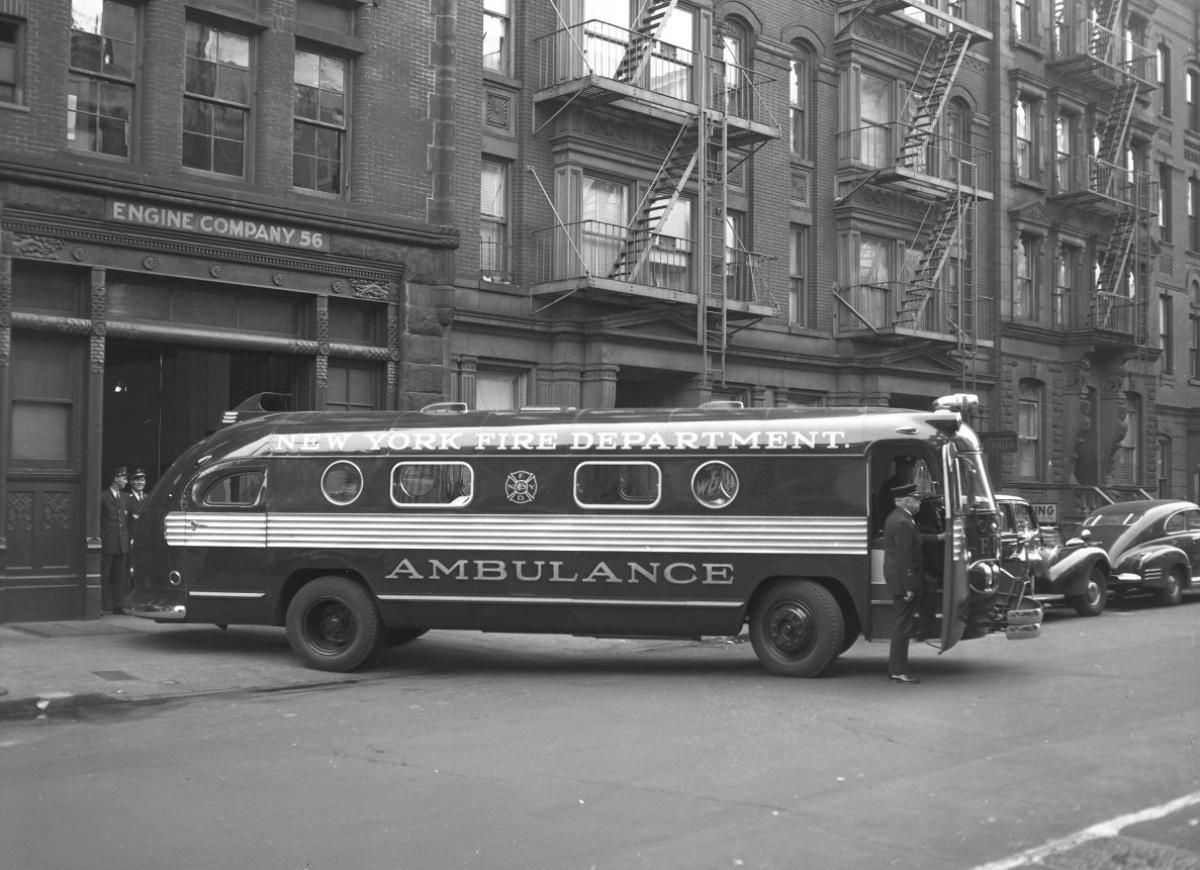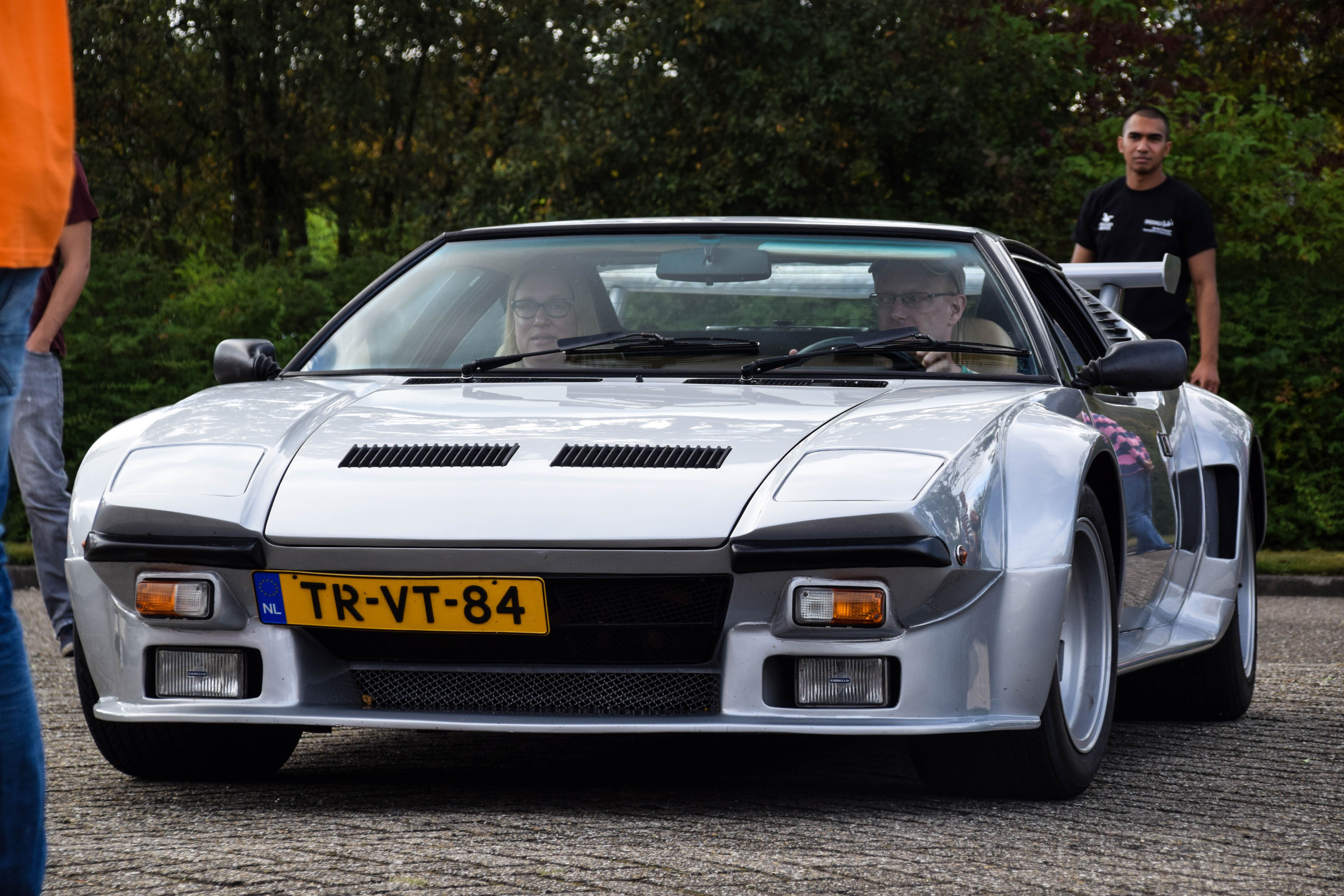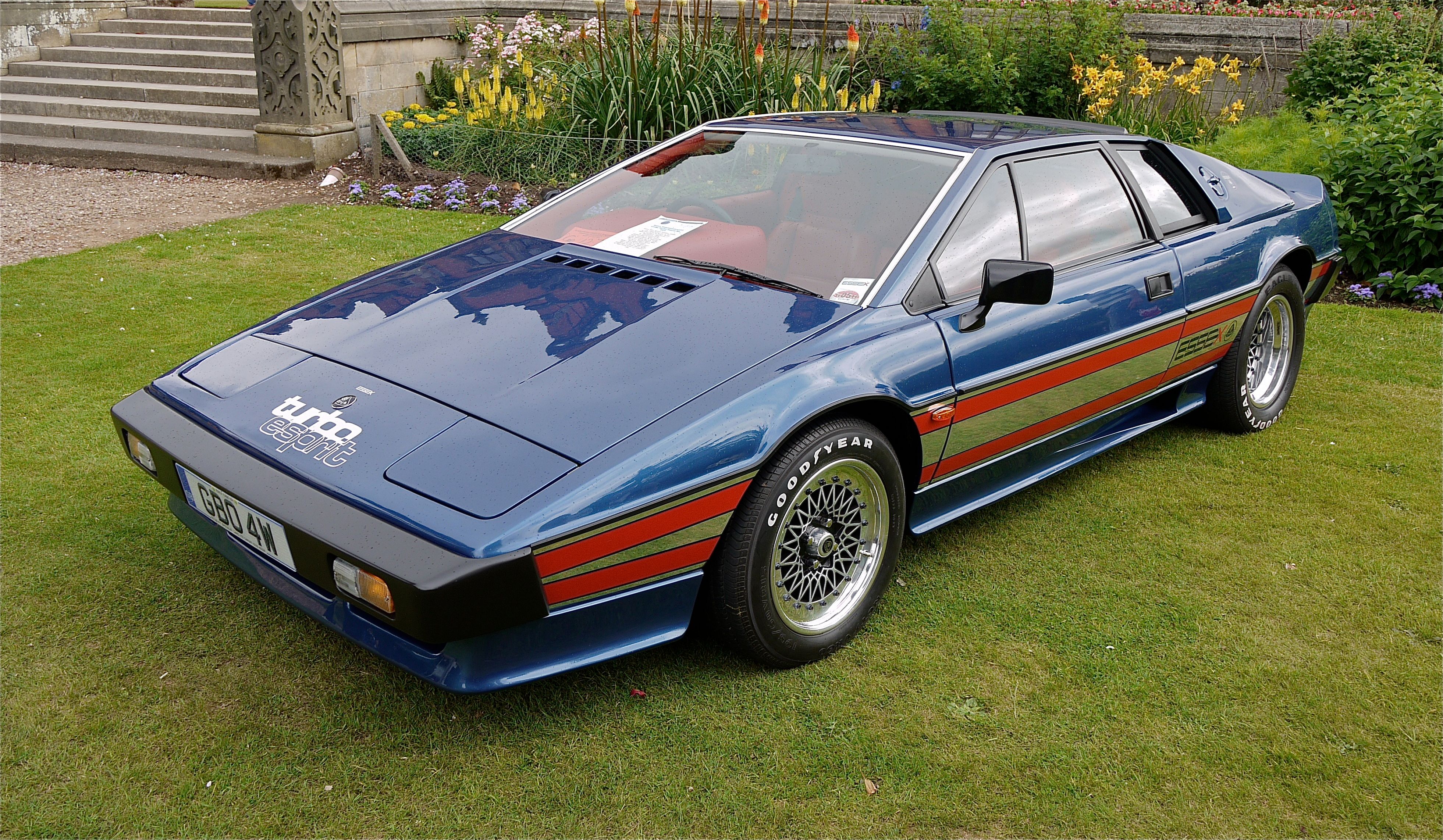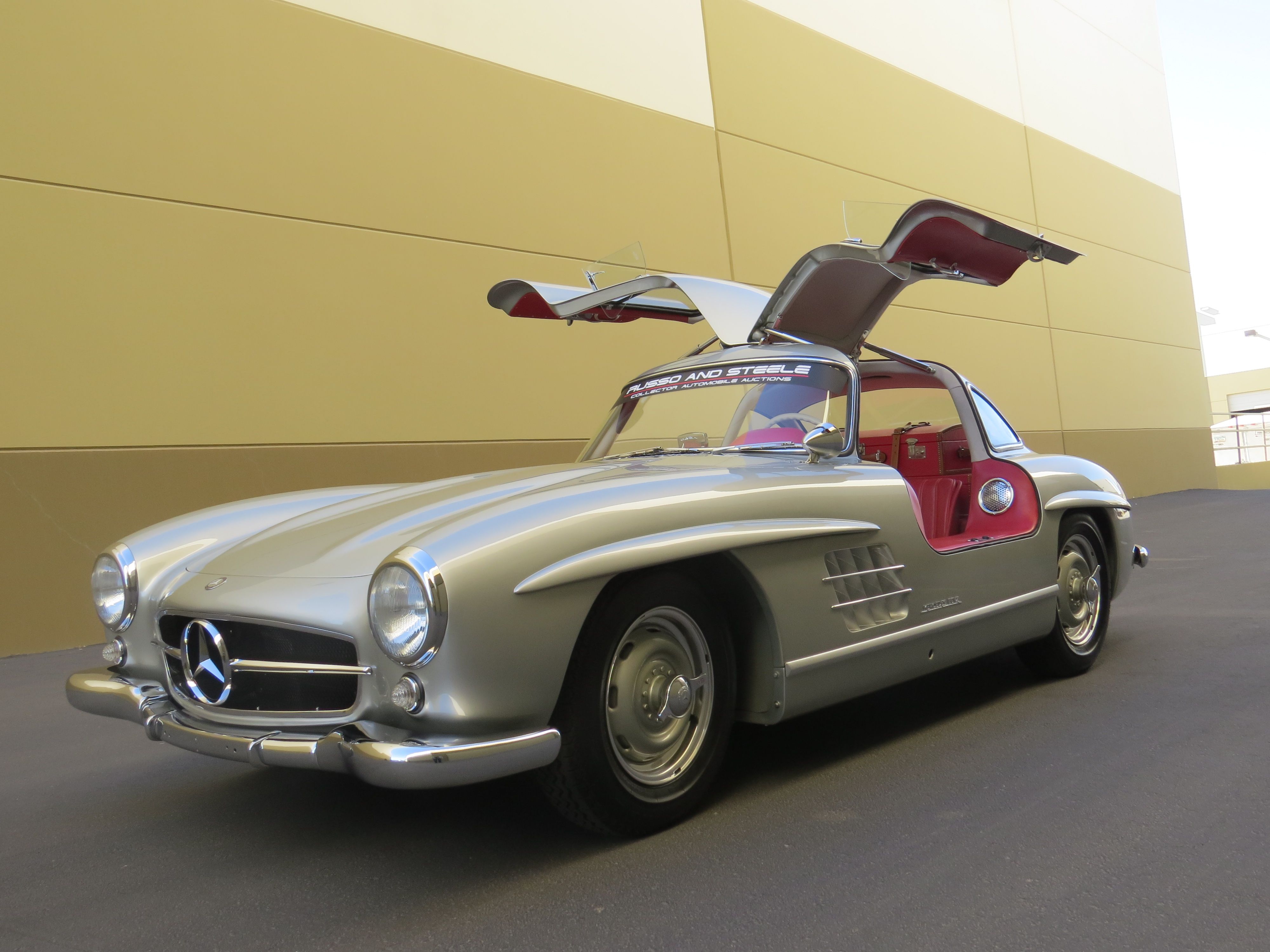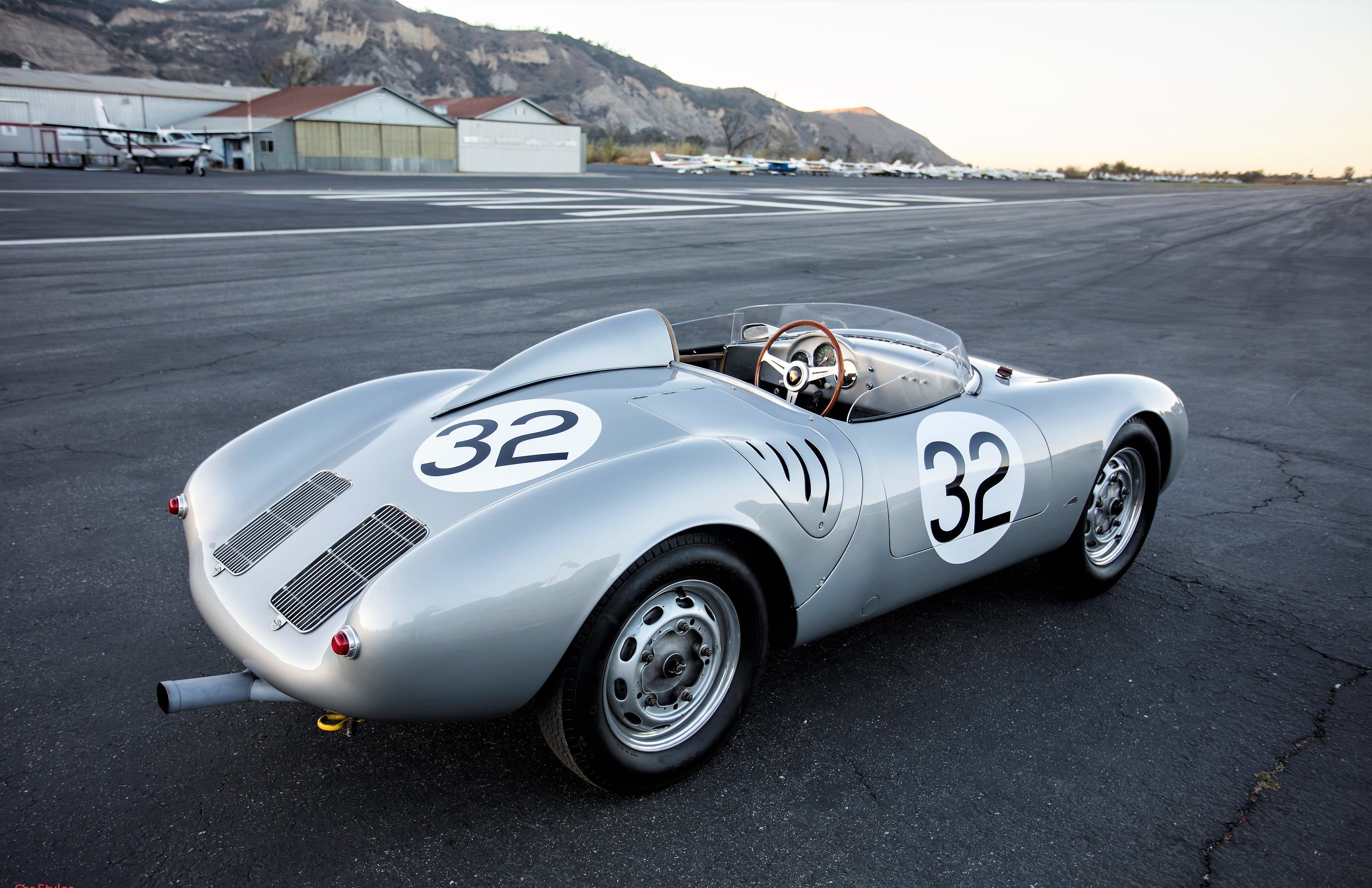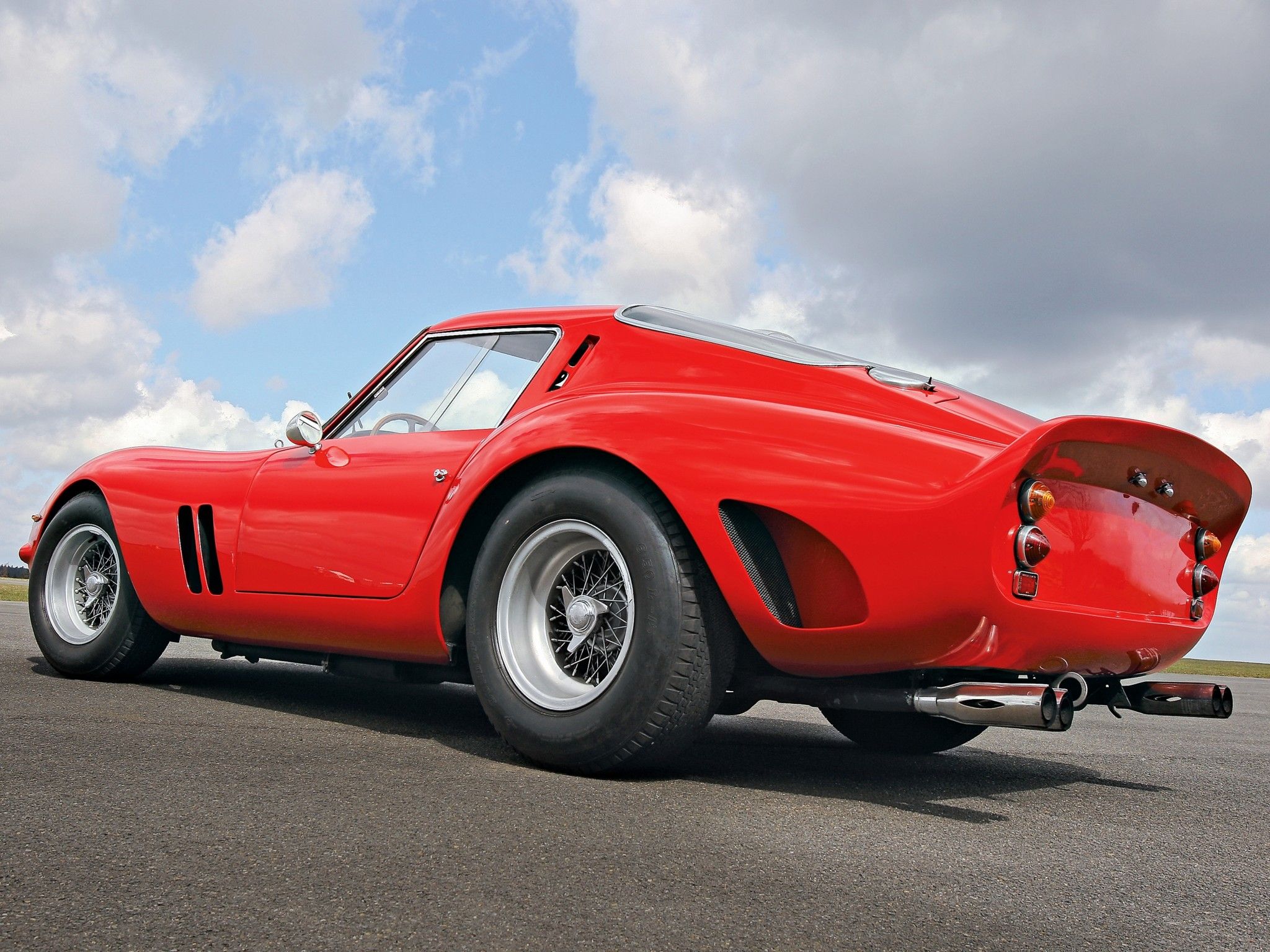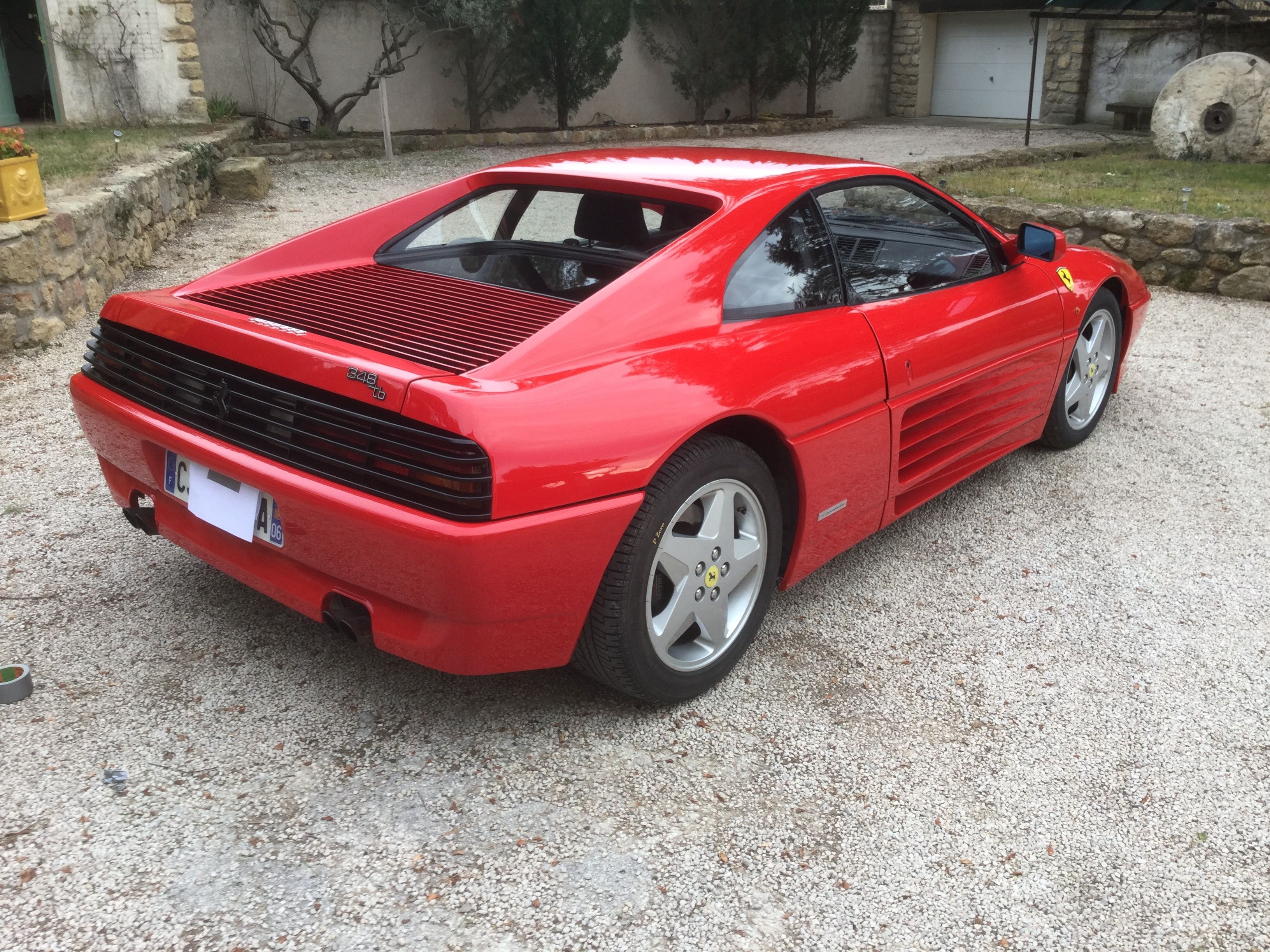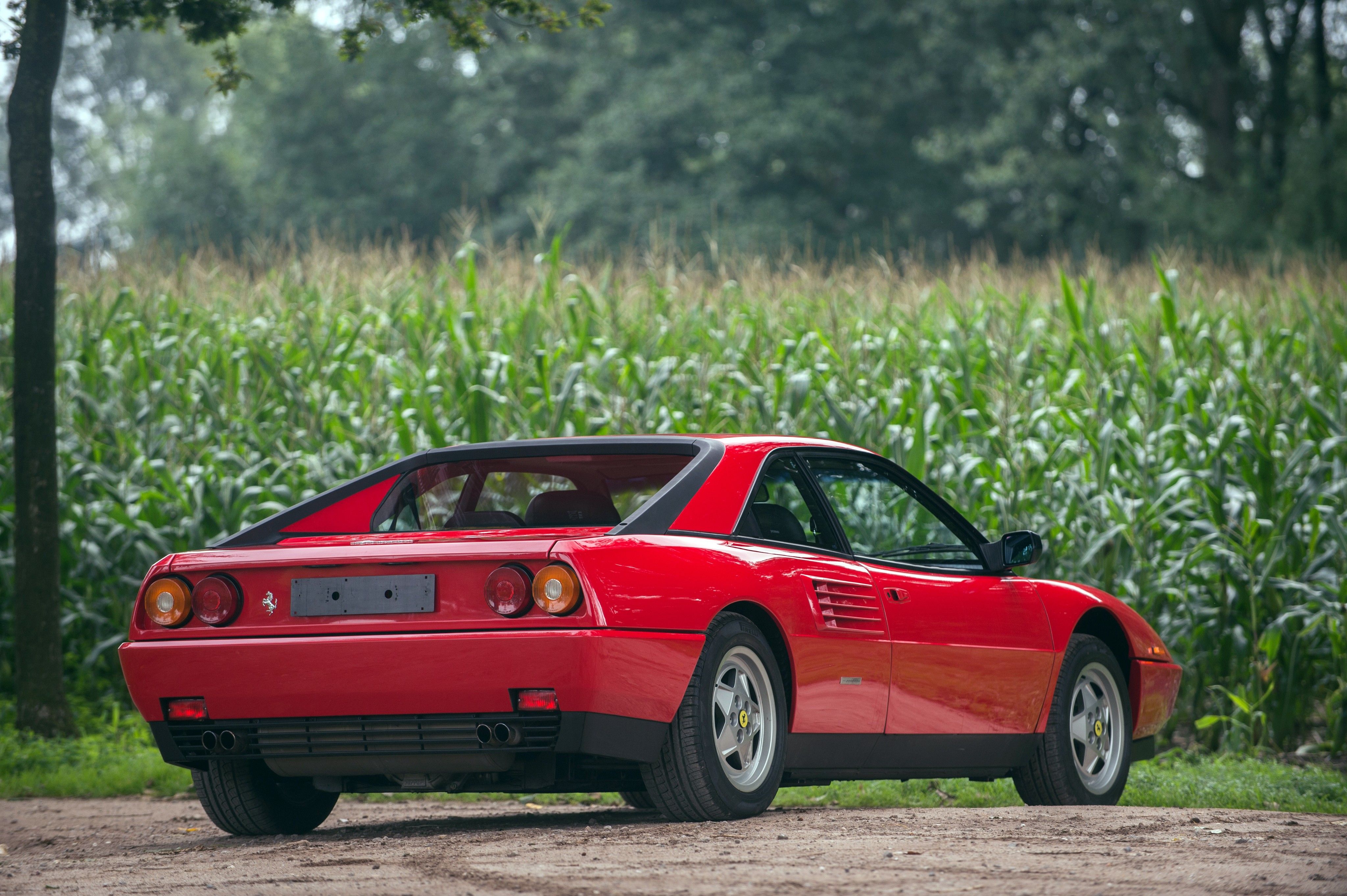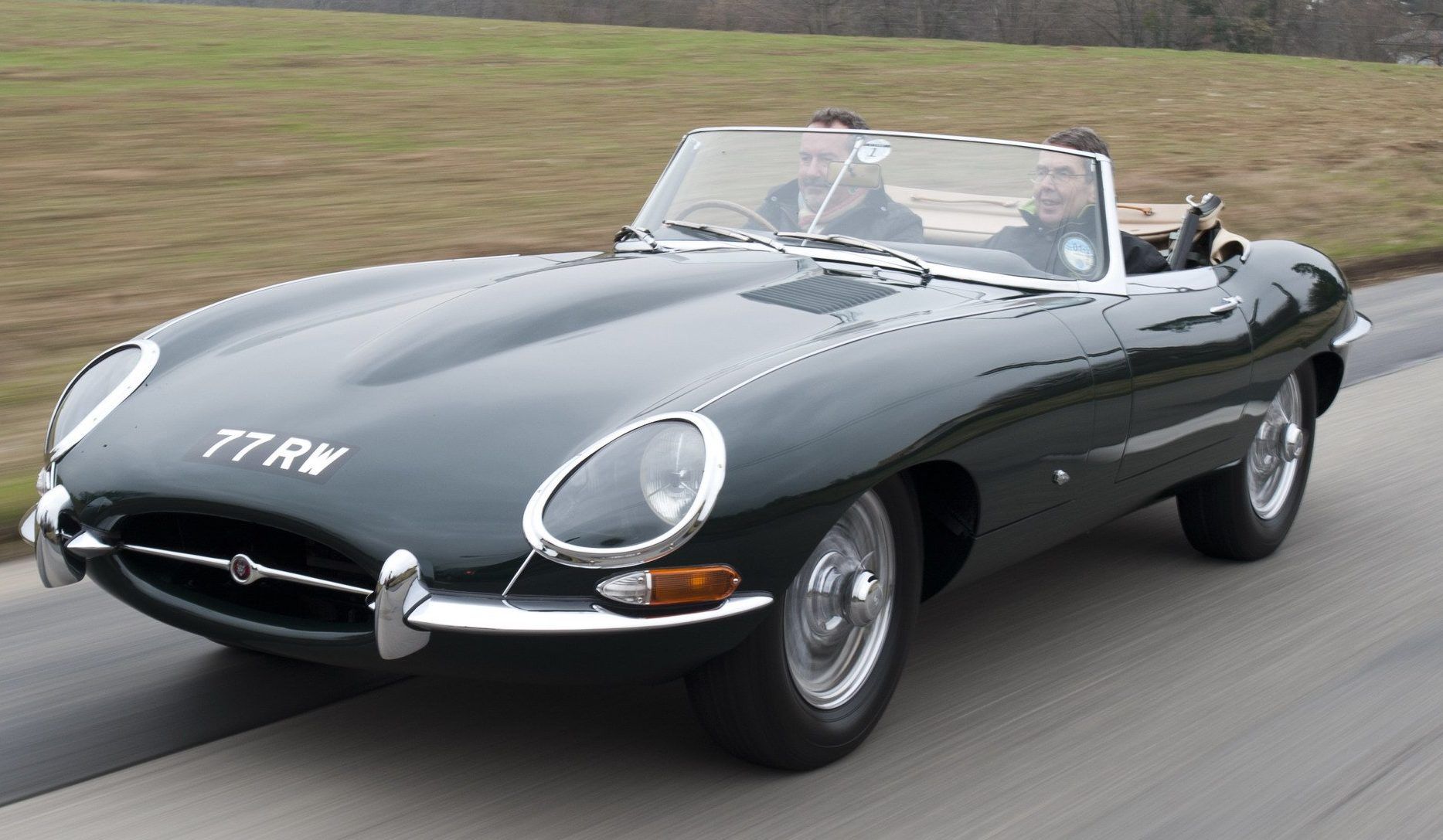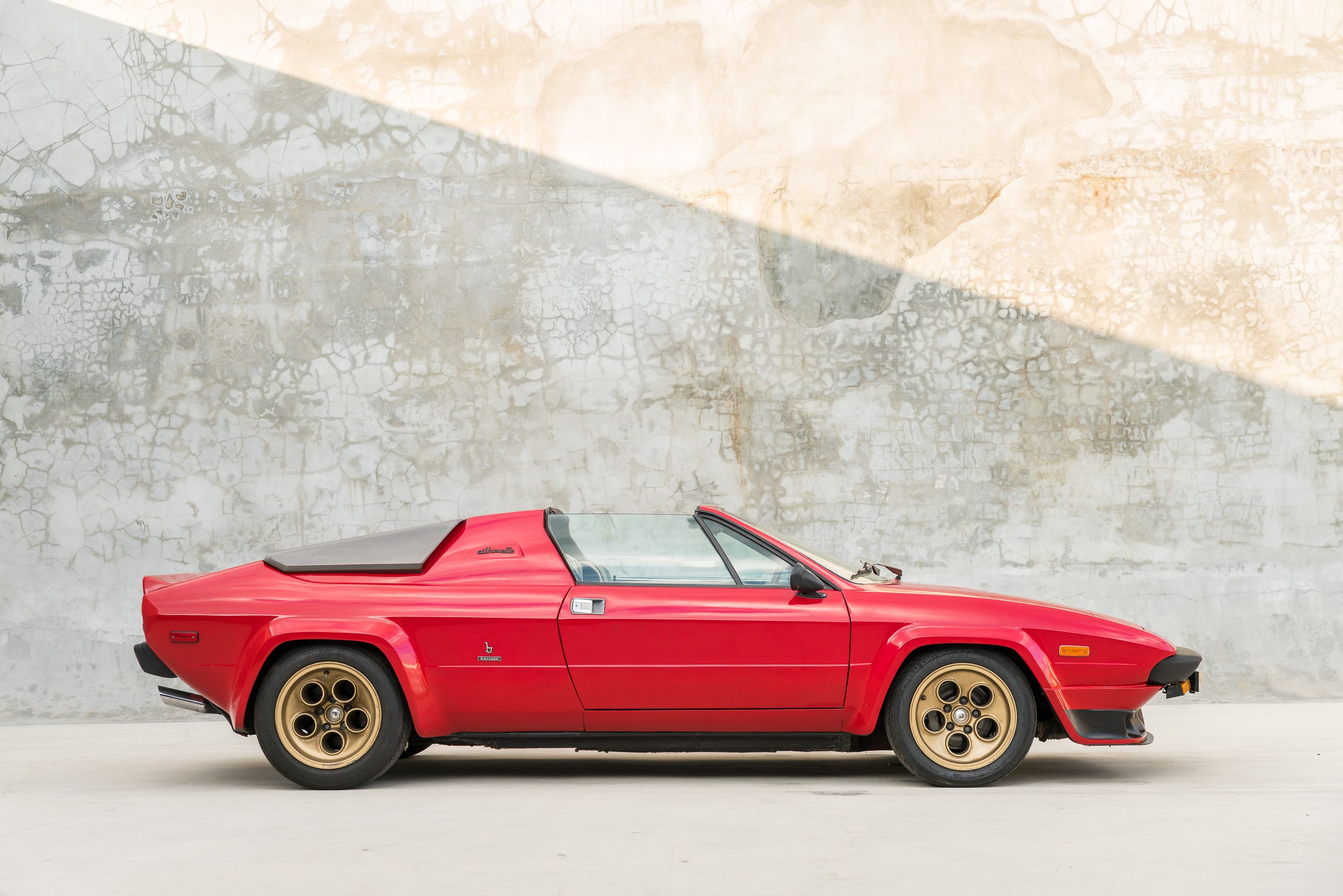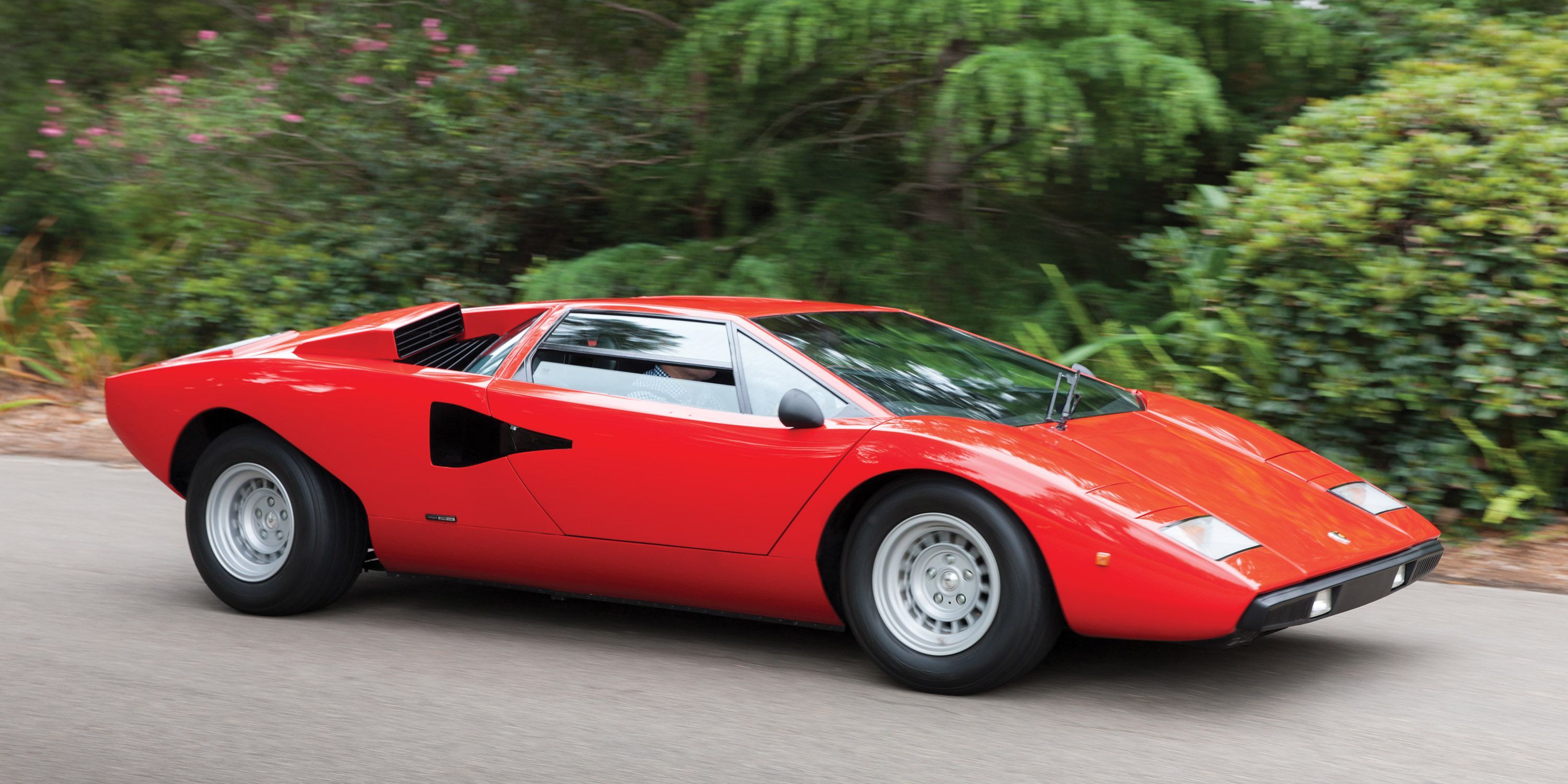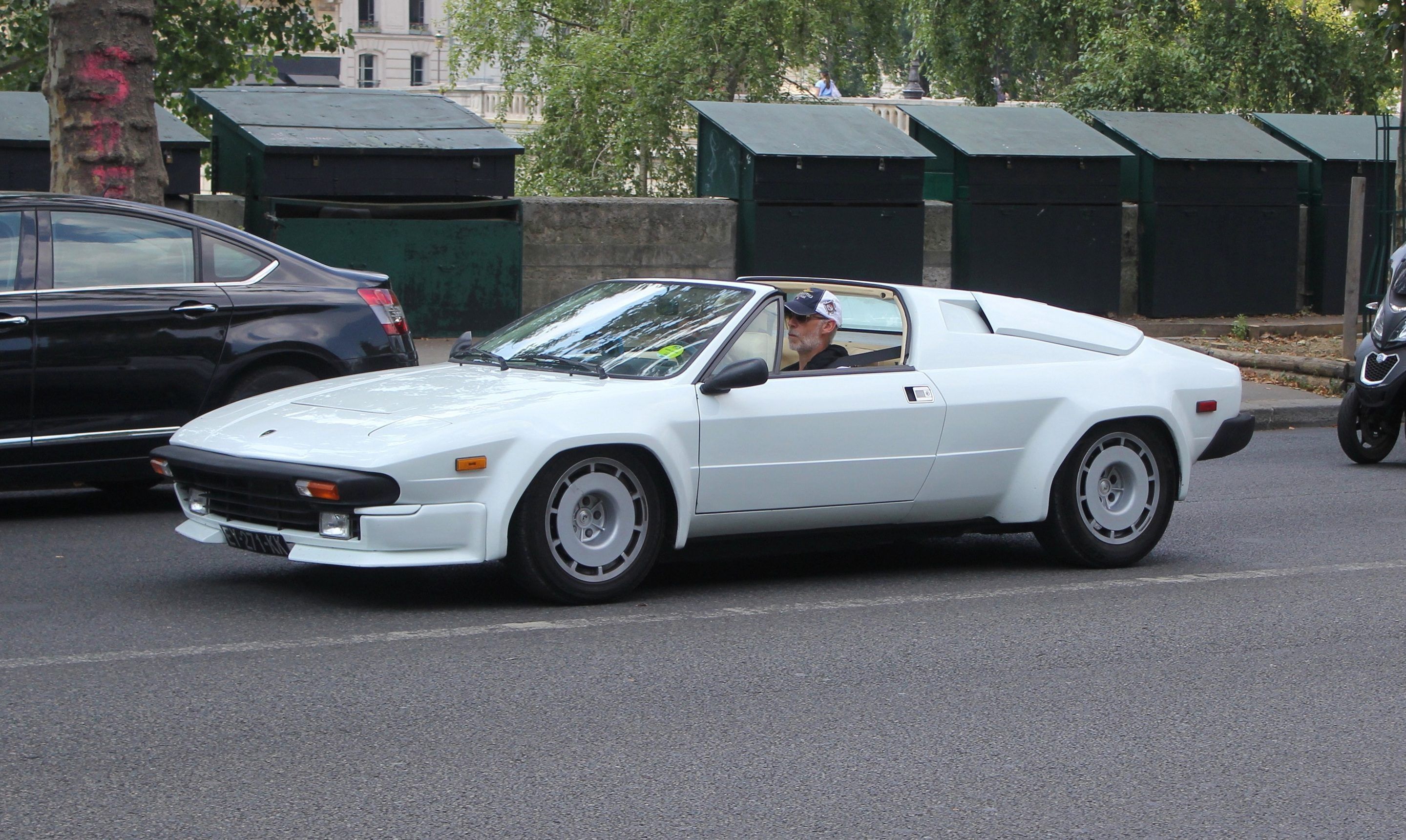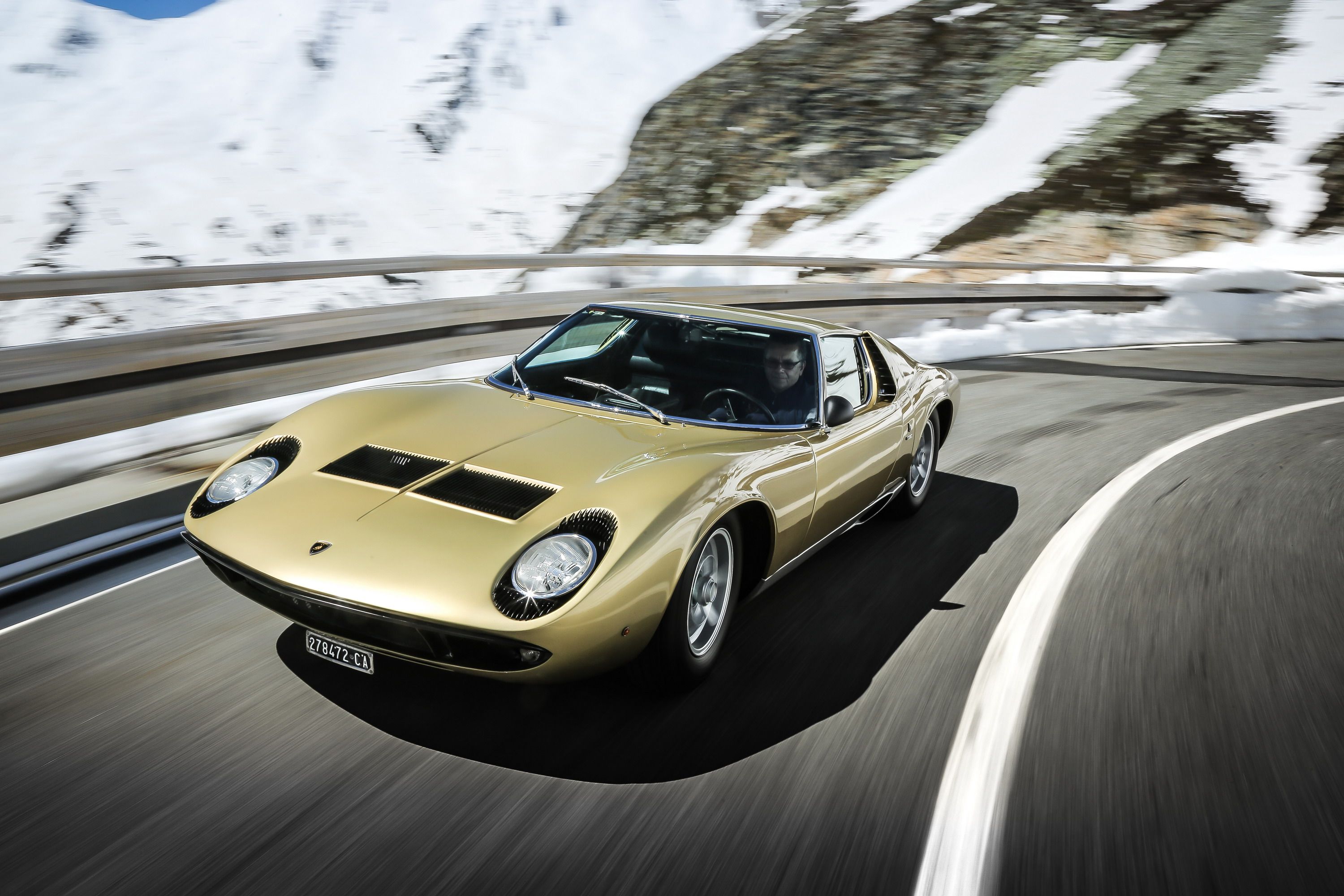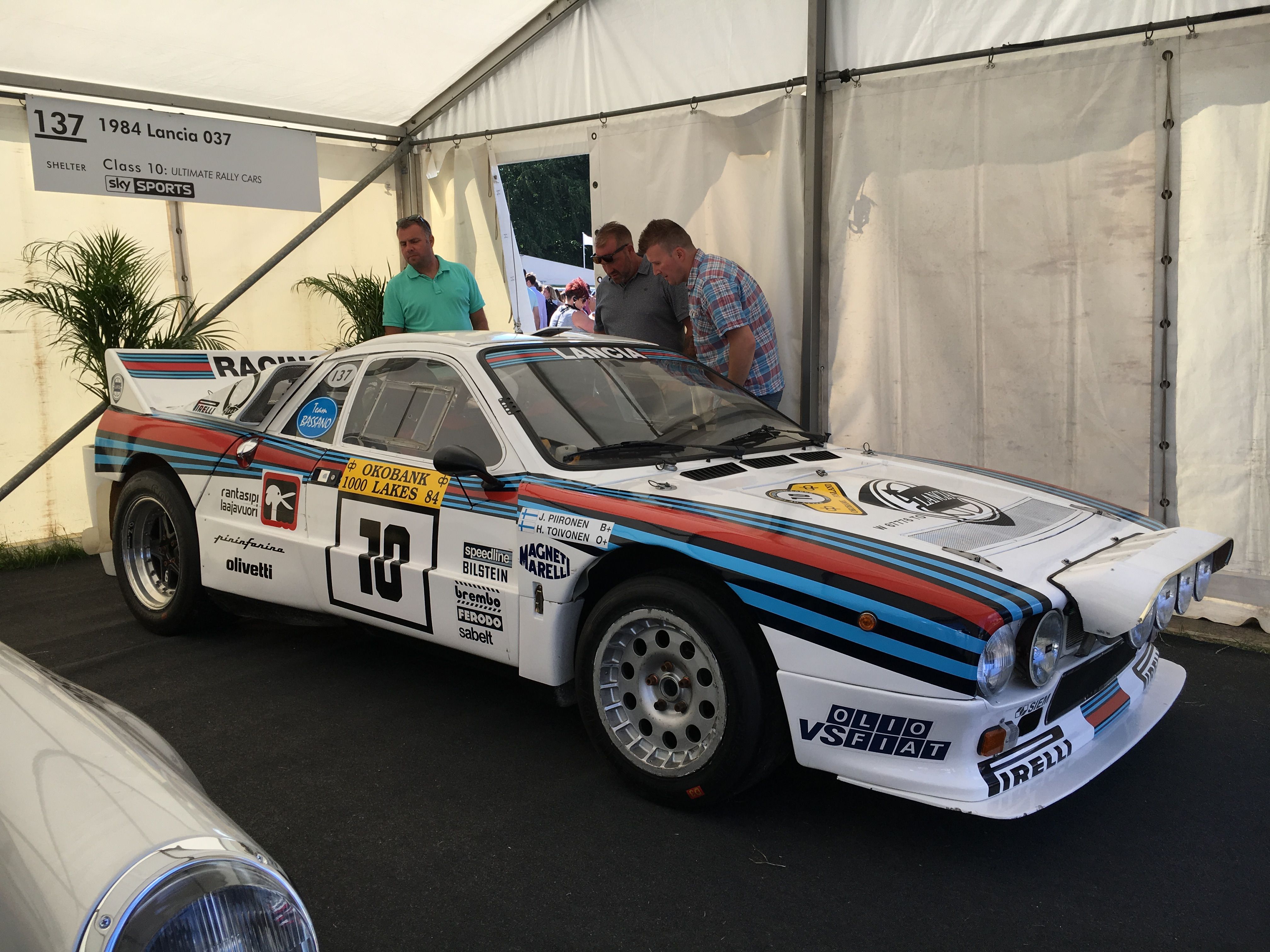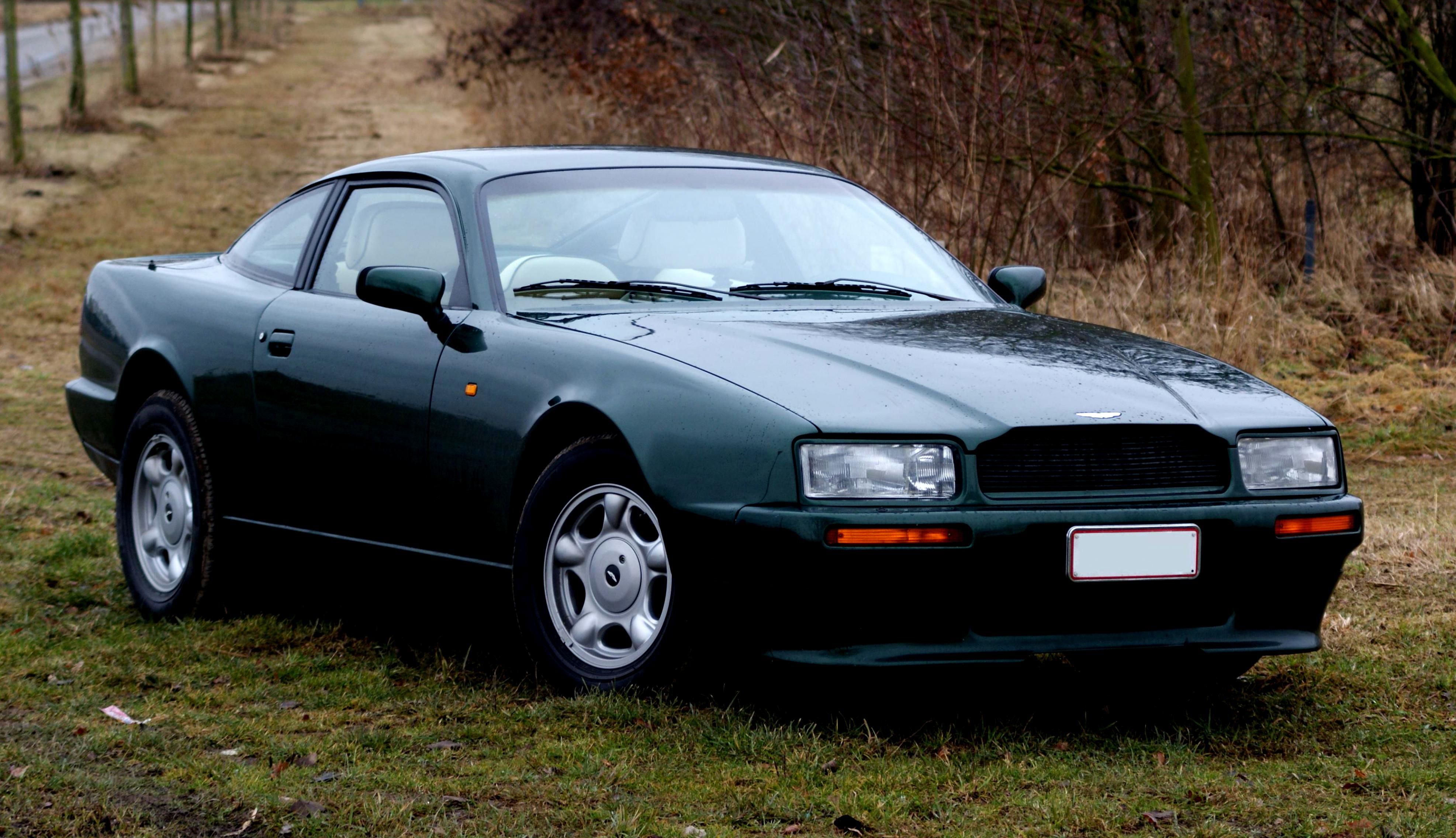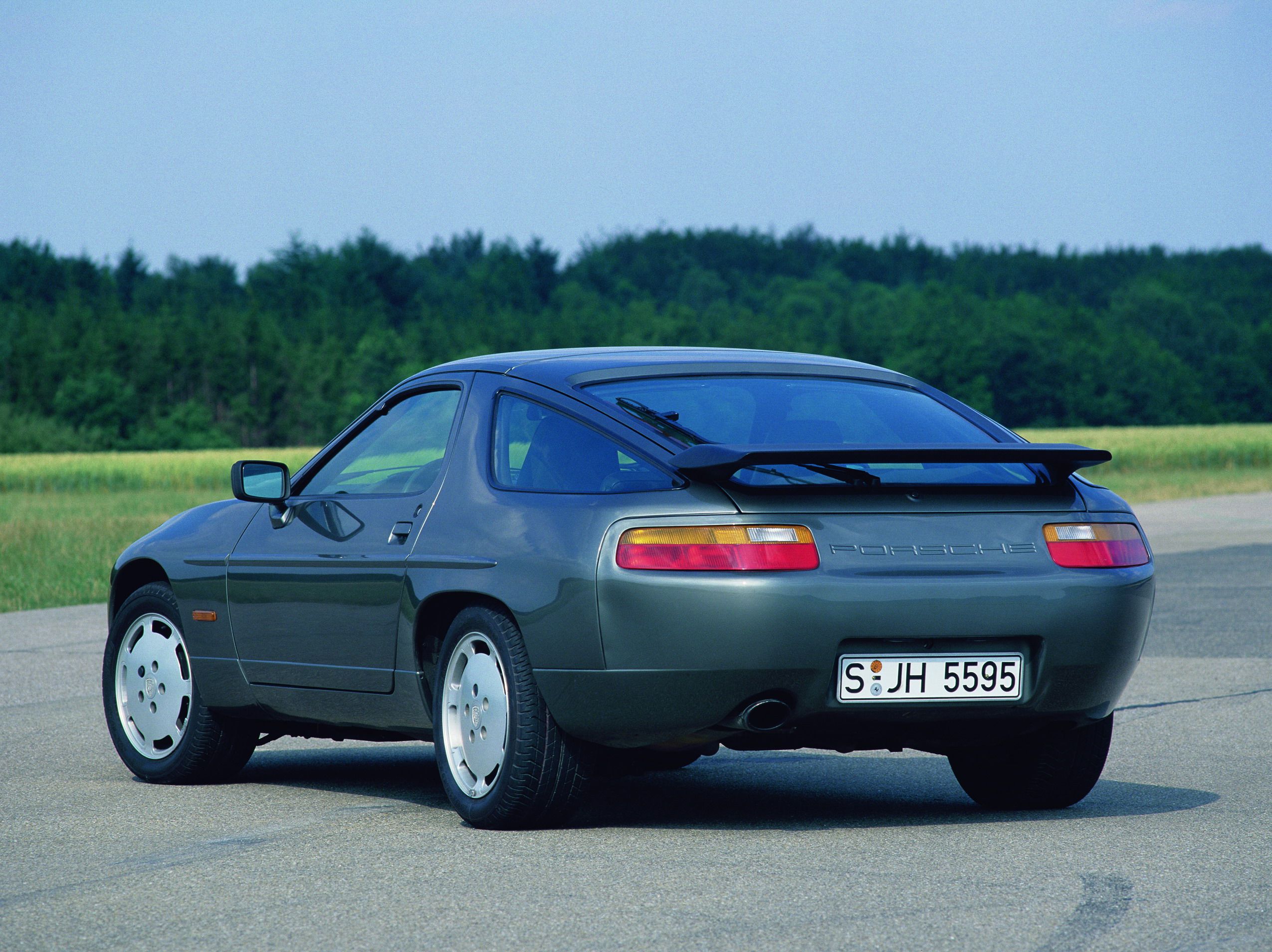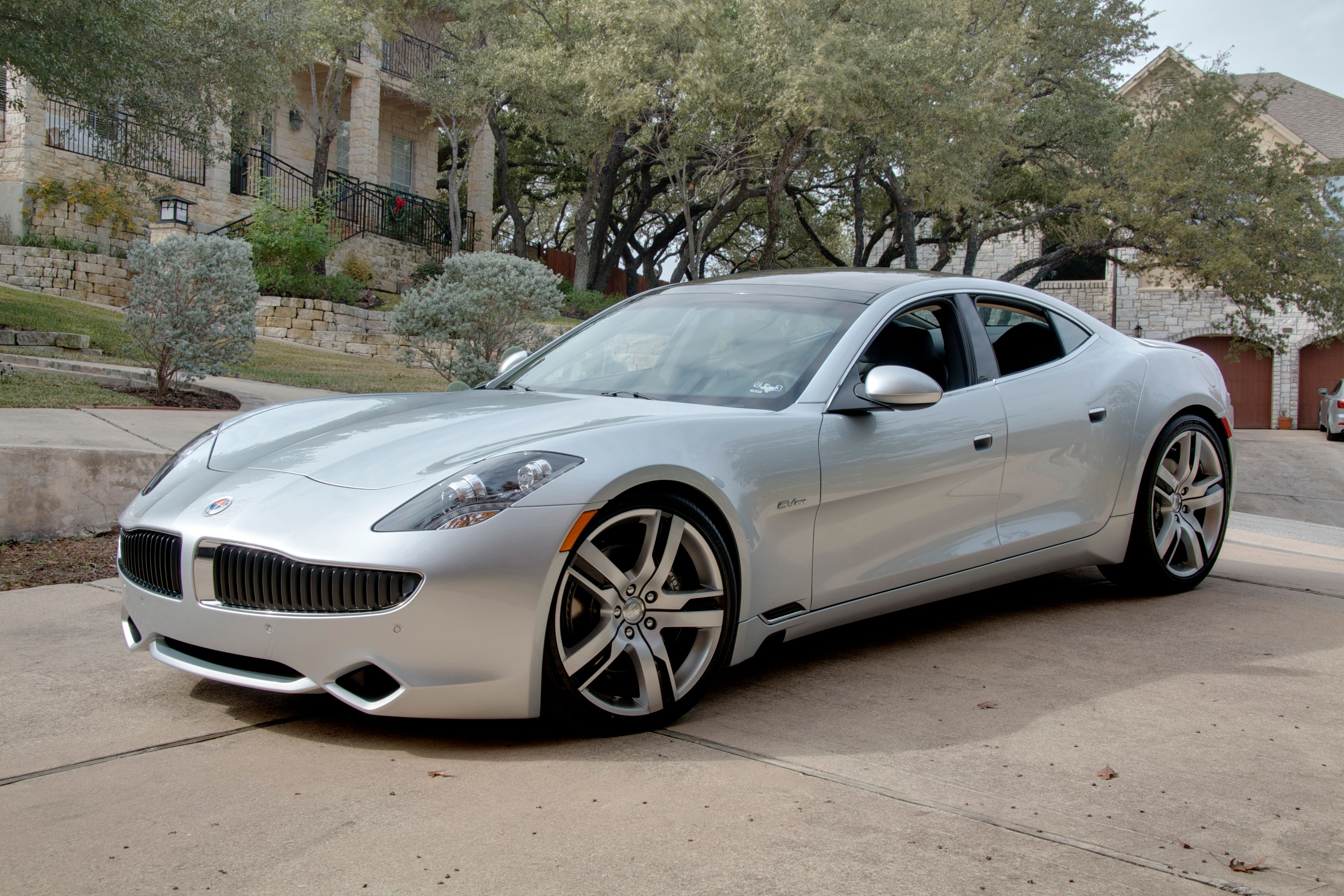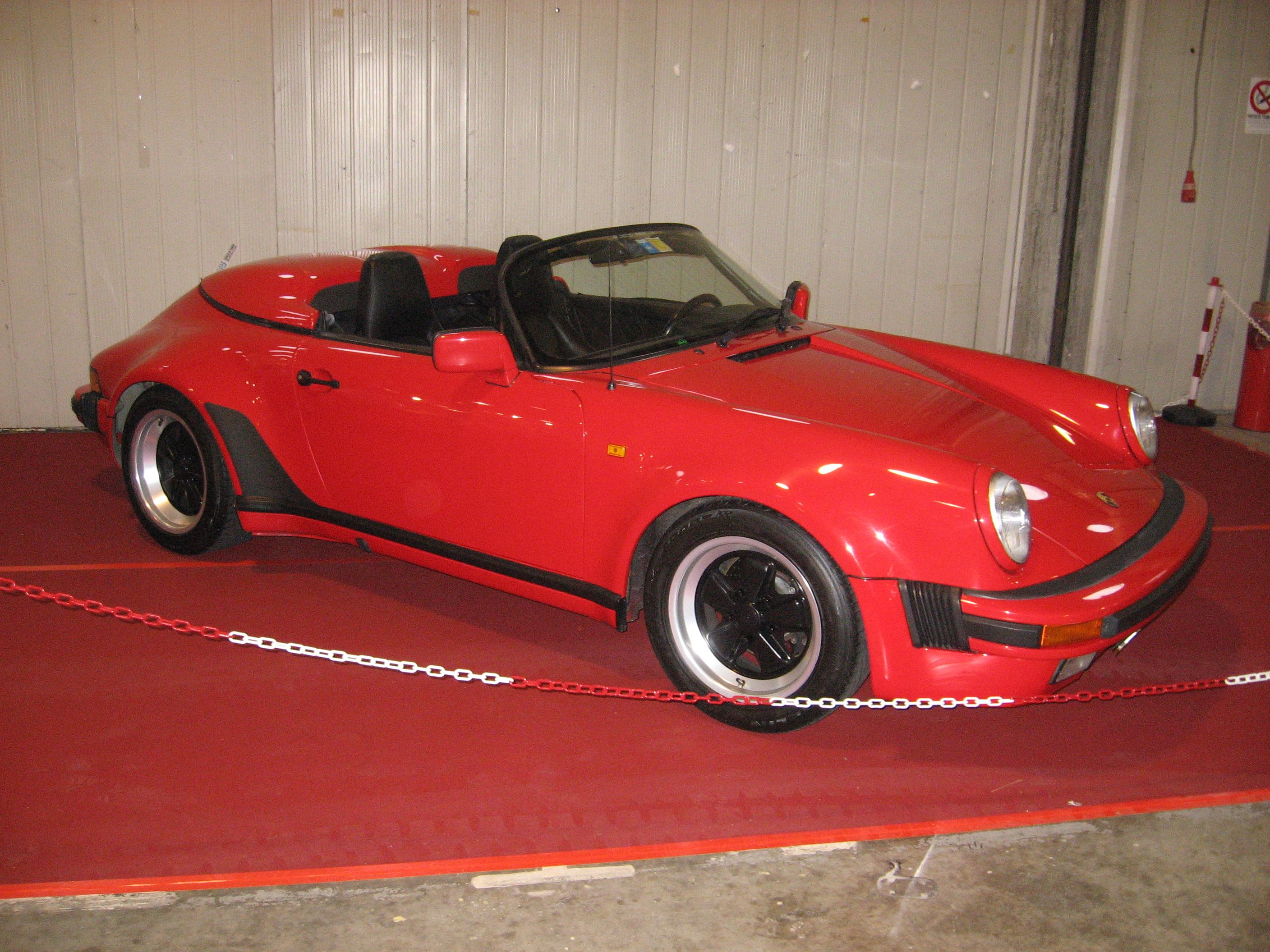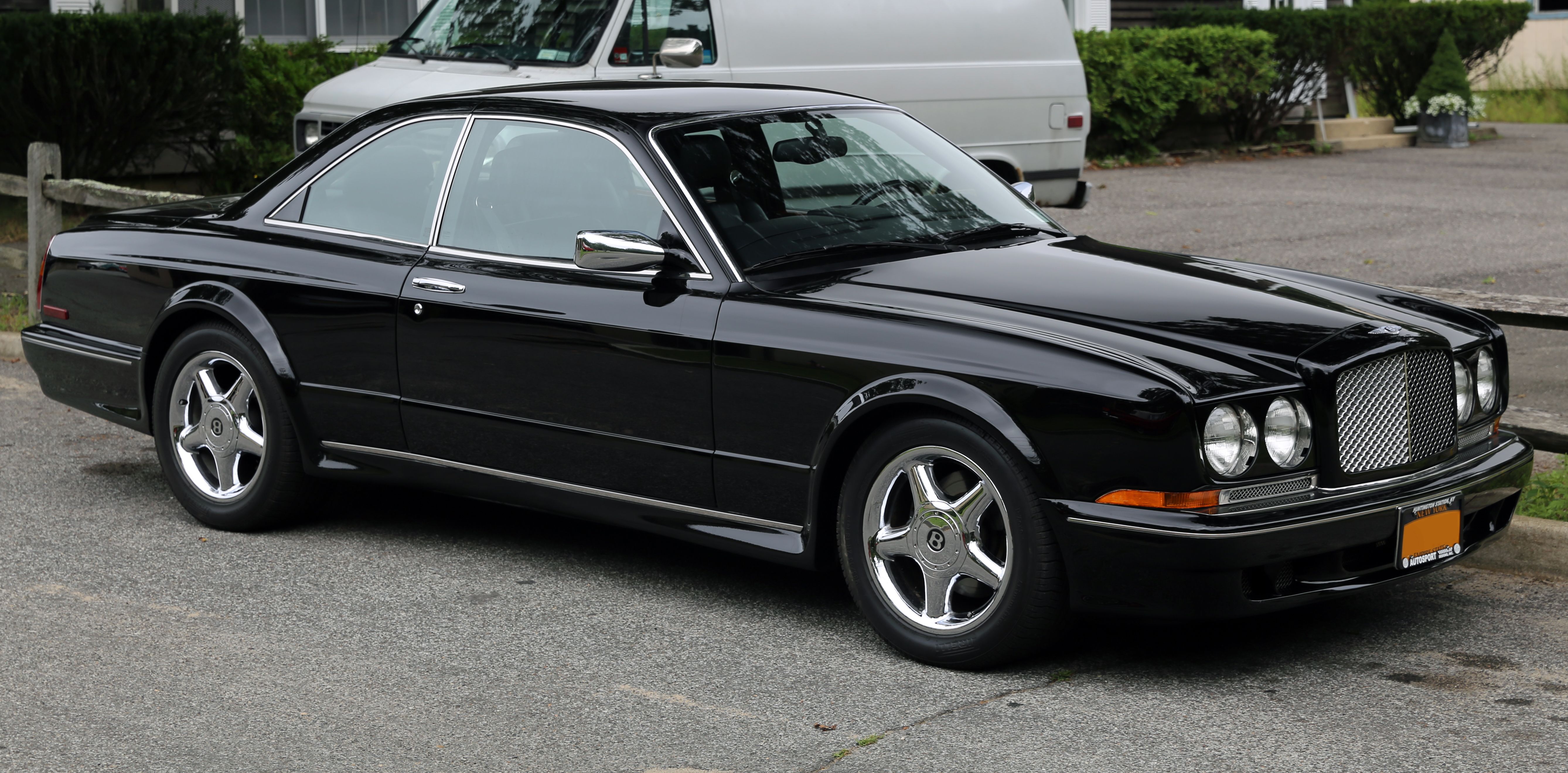Technology has come a long way in the past half-century. A family crossover or sedan now has significantly more power than many sports cars of the old days. The tires, suspension, and brakes of the kind of vehicles people take their kids to school in and deliver their parents to the retirement home with are now surpassing what even supercars used back in the day. This is to say nothing of the family sedans like the Hellcat Charger and the P100D Model S, whose engine and motors produce more power than some F1 cars in race trim did in the late '60s. And that was all while being easily drivable on a daily basis—just gas and go instead of needing to be rebuilt every other day with the expertise and cost of an entire professional race team.
We don’t need to go that far to show how far the world has come, however. A standard front-wheel-drive V6 Camry will outrun the fastest homologation sports racing cars of the late '50s and very early '60s, including such greats as the 550 Spyder series and the most valuable cars on earth, the Ferrari 250 GTOs. It goes without saying that a Camry is much easier to drive and safer in a crash than these death-defying knife-edge racecars. And the extreme supercars, while slower, far less reliable, and, in some cases, even less maneuverable, had so much more soul and were so much more exciting than the modern family sedan than outruns them all.
20 BMW M1
The story of the stillborn racecar that's the BMW M1 is about as convoluted as it is interesting. BMW wanted to go racing and knew they had the chops to do so but wanted help with the engine.
Contracting a struggling Lamborghini to build the engine for this high-end sports racer, everything only went well—but only at first.
Lamborghini pretty much up and died during the development of their racing engine, largely due to mismanagement of the company with their involvement in the Cheetah, a failed attempt to produce a US military vehicle. In the end, the car produced didn’t fit the rule set, so BMW created a one-make series for it instead.
19 De Tomaso Pantera GTS
While the primary life of the M1 was an afterlife, the Pantera lived a very full life. Over the decades, the car didn’t change much, and at its core was always the near-perfect marriage of domestic power and Italian agility and beauty. This was achieved by using the same Ford 351 V8 engine that powered the classic Mustang—but with even more room in the engine bay to make modifications. Before the Skyline GT-R and turbo Porsches, it was the Pantera that dominated illegal highway racing in Japan. Simple, powerful, and easy to modify, the Pantera was quite the handful to pilot.
18 1984 Lotus Turbo Esprit
Back in the day, Lotus didn’t just make Toyota-powered lightweight sports cars and extreme track toys. They built their own engines and weren't only in Formula One but the supercar game as well. In the era of the Countach and the Testarossa, Lotus built the daring wedge known as the "Esprit."
The Italian thoroughbreds had three times more cylinders and about as much more displacement, but the Esprit was turbocharged and was nearly a full two thousand pounds lighter than either rival.
Thus, its performance was certainly comparable, and its maneuverability, far superior, especially compared to the Countach. To Lotus, power matters less than weight.
17 1956 Mercedes 300SL Gullwing
Among all supercars that are eclipsed in most performance situations by a Camry, the Gullwing is the most spectacular. Mostly this is a result of those namesake Gullwing doors that are so majestic to look at but are perhaps not the safest option in a rollover. Modern gullwing-equipped cars have safety mechanisms to disengage the doors if things go horribly wrong, but things were different in the '50s. If you managed to roll your 300SL and it caught fire, you were on your own. That said, this was a car built in the '50s that would do a hundred and sixty, albeit with daily drivability sacrificed to achieve this via an extreme camshaft.
16 1955 Porsche 550 Spyder
The 300SL Gullwing was essentially a limited-run supercar of the era before supercars were even really a thing. The 550 wasn't a supercar analog per se, however. The 550 Spyder was a stone-cold Prototype racecar, the equivalent of the GT40 a decade later from Ford or the modern Porsche 919.
Like those other multi-time Le Mans winners, the 550 was a successful racecar despite only having 108 horsepower.
The 1.5-liter engine was enough to pull the car to numerous victories, but these days, even this super lightweight racer will be outrun by a Camry on a big track.
15 1962 Ferrari 250 GTO
The most loved racecar of all time, at least by resale value, isn't a Porsche or a Mercedes. It's the $48 million-plus Ferrari 250 GTO, a legendary sports racer that dominated everything in its day, similar to the Nissan GT-R or the Audi Quattros of later years and other series. Because of its heritage, the car has enjoyed a massively prestigious reputation after its racing days, and those who watched it were old and prosperous enough to get into bidding wars over the car that was characteristically Ferrari in its arrogant bending of the rules. Among other things, Ferrari never made enough of the cars for race homologation and outright lied that they did.
14 1990 Ferrari 348 TB
Even the greatest sports race cars of the late '50s and early '60s would get outrun by a modern family sedan, but as the '60s wound out, some of the greatest race cars of all time were built, their performance rivaling even the fastest cars of the modern era five decades earlier. But the '80s were less rosy. They were a time for newcomers to change the game, largely because the established players had failed at the game so thoroughly. The 348 will forever be remembered as the car that could be outrun by a pickup truck, all of its attributes overshadowed by the F355 that immediately followed it.
13 1989 Ferrari Mondial T
But it gets worse. Mid-range Ferraris—or really any Ferrari not at the very apex of the range—were abjectly terrible cars.
Besides being horribly slow, even for the era, they were also overweight, underpowered, lacking agility, and overpriced, and they had bodywork made of biodegradable plastics.
Just by existing, the cars would begin to slowly disintegrate over time. By now, the time limit on all Mondials has passed, and every car is going through this problem. Ferrari, being Ferrari, didn’t care that its customers' cars would cease to exist over time, and the car is one of many business improprieties Ferrari has committed over the years.
12 Jaguar E-Type 3.8
The E-Type is a car whose legendary status is actually somewhat warranted. An incredible point-to-point grand tourer in its day and even a successful racecar, the E-Type is known as one of the most beautiful Jaguars ever made and a seriously fast machine for the era from whence it came. Much of this speed was derived from the car’s racing roots, specifically, the chassis was derived from the Le Mans winning D-Type prototype racecar. In addition to disc brakes and an independent suspension, the car also used a monocoque chassis, saving weight and adding rigidity compared to the ladder frame chassis normally used at the time.
11 Lamborghini Silhouette
It wasn’t just Ferrari that was having issues in the late '70s and going into the '80s.
Lamborghini was actually far worse off, as while Ferrari just continued to stiff their customers and bend the rules of racing, Lamborghini went from one owner and business leadership to the next, making terrible cars that didn’t sell enough to pay the bills.
Eventually, they went bankrupt—and the Silhouette was one of the reasons why. While lighter, better looking, and much better-driving than the Mondial, that terrible car is a rough analog for where the Silhouette stands in its automaker’s history: a dark time before the dawn.
10 1975 Countach
Even while the ship was sinking, however, Lamborghini was going down swinging. Their low-end models like the Silhouette were utter failures, but the Countach was still an absolute icon of the era even though it didn’t sell well enough to keep the company afloat. Gorgeous, wild, and equipped with scissor doors, the Countach did the impossible in that it managed to upstage its predecessor, the Miura. Yet even this glorious beacon of '80s extremes is slower than a modern Camry. And that’s not even getting into how terrible the Countach was to drive at anything than race pace—or its habit of breaking down.
9 Lamborghini Jalpa
After being bought out, Lamborghini made a mostly honest effort to get back on its feet. One of the pillars of this attempted revival was the Jalpa, a revamped Silhouette designed to make Lamborghinis affordable to a wider range of potential customers. It failed—and not just by a little bit.
Four times as many Toyota Camrys are sold every day in the US alone than Jalpas were sold over seven years globally.
And while it's certainly not fair to compare a baby supercar to a family sedan in sales, the Camry also wastes the Lamborghini at the drag strip as well.
8 1968 Lamborghini Miura P400
In the early years of Lamborghini—or really up until they were bought by Audi recently—track performance was a notable exception to their ethos. They were the anti-Ferrari. Ferrari made its name on the track by what its cars did; Lamborghini made its name when its cars pulled up to a nightclub valet and by what its cars looked like. One look at the Miura, and it's pretty easy to see why Lamborghini could manage to be so successful with this approach. But being one of the most beautiful automobiles ever created wasn’t enough for the Miura to now be known as the world’s first true supercar—it also packed extreme straight-line performance.
7 1984 Lancia Rallye 037
When one thinks of Group B, normally, the image conjured is an 800-horsepower four-wheel-drive monster sideways and airborne at 90 miles an hour, dirt and debris falling from the whirling knobby tires while the exhaust belches flames. This is true. But the homologation specials that came with much of Group B weren’t so extreme, at least from the factory.
They could be modified to be that insane without much effort, but with increased power came increased stress and decreased reliability.
The stock street versions of group B cars, including the 037, came with roughly 200 horses on average. This was enough to be fun—but not enough to outrun a modern Camry.
6 Alfa Romeo Montreal
Designed by the guy who penned the Miura, the Montreal was destined to be beautiful, but like pretty much all Alfas, that beauty was skin deep. Reliability was essentially a joke, and replacement parts have only gone up in price over the years after already starting steep. Its performance wasn’t bad for the day, and the car wrung a tortured 200 horsepower out of a 2.6-liter V8. As a sports GT, the car was quite exciting, a match for many other bigger names of the day—at least when it was running. Unfortunately, Alfa Romeo has always and still does make wonderful driving machines that don’t tend to drive for very long.
5 1988 Aston Martin Virage
Electronic nannies are a staple of modern automobiles, even on hardcore sports cars. In many cases, they can’t actually be fully turned off, despite it seeming possible. This sucks away the soul and experience of piloting the machine, but a look at history gives some perspective.
The Virage didn’t have any nannies whatsoever, at least beyond perfunctory ABS.
But on a British B-road slick from the rain, with a horrible suspension setup failing to contain four thousand pounds of weight, it starts to make sense why some modern cars overdo the electronic help. That said, keeping a Virage on the road in inclement conditions would demonstrate significant skill.
4 1978 Porsche 928
Porsche the company and Porsche the culture are entirely separate entities and occasionally are even opposite each other. Almost since its introduction, the 911 series of sports cars and sports GTs has enthralled and propelled the Porsche fanbase, serving as the bedrock the modern brand was founded on. Back in the day, however, Porsche didn’t see it that way and after roughly a decade of building evolutions of the 911, decided to call it quits and introduce something new. This was the 928, a gorgeous, practical, fast, and luxurious GT car... that didn’t sell that well. The people had spoken. They wanted more 911s.
3 2012 Fisker Karma Eco-Sport
In hindsight, comparing Fisker and Tesla is laughable. Fisker was an opportunist, attempting to cash in on the green trend with a beautiful automobile that celebrities would buy. Tesla’s very purpose was to change the game, introducing and iterating on technology that would soon make their cars into a new global standard that even the old guard of massive corporate automakers would be judged against. Fisker, meanwhile, focused on making their car pretty.
It was very pretty—but also didn’t have the performance to back up its looks in terms of speed or range.
These days, the body has been sold off, and a variety of different companies have put different guts in the car.
2 1990 Porsche 911 Speedster
The Speedster is a homage to a past great, specifically, the 356 of yore. Like most Porsche homages, it went for quite a premium, but under the skin was yet another 911 variant, this time on the 964 generation chassis. Relative light weight was the name of the game with this car, and with the 911’s standard rear-engine rear-wheel-drive layout, one could launch the Speedster quite hard. That said, with no turbo and an older engine, its power was nothing to write home about. And while almost any 911 would accelerate from zero faster than a front-drive Camry, this one would lose in the ¼ mile.
1 1998 Bentley Continental R
Bentley takes Grand Touring seriously—with much more emphasis on the "grand" part of the GT equation. Other GTs are more cushy sports cars with more interior space, weight, and power but still with the sports car look and some of the sports car cornering ability. The Continental R isn't for cornering.
The Continental R is for crossing continents with the same ease with which one crosses a living room.
And all while having the comforts of that living room at your fingertips as you hurtle across the countryside, only a blur to the peasantry. This is proper grand touring.


